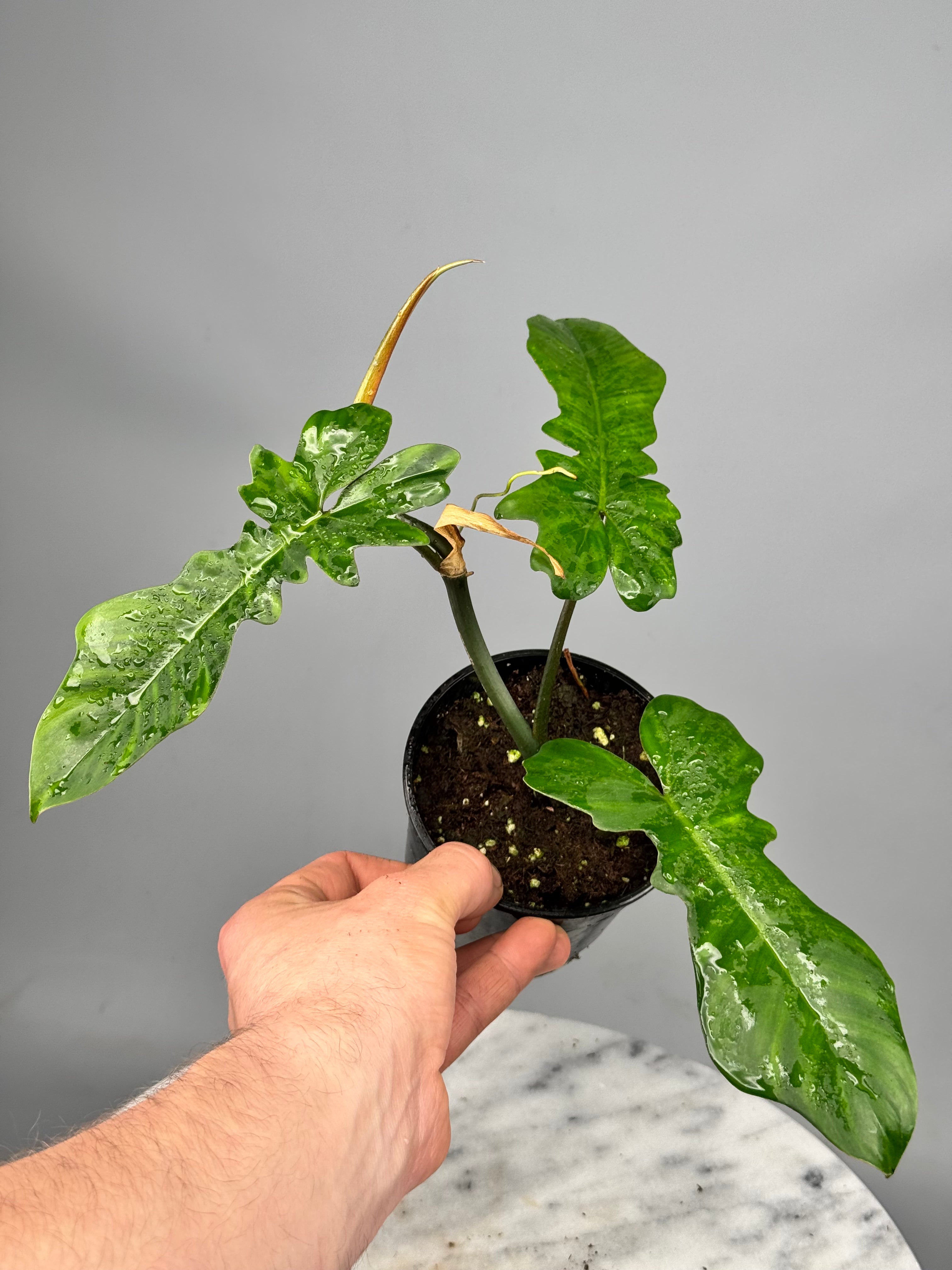The pictures shown with our products are sample pictures. These photos give a true picture of what the plant may look like when properly cared for. The specifications are leading for the plant received. Please read the characteristics carefully before ordering.
What are sample images?
We have an extremely large, extensive assortment with thousands of plants. In addition, because specific plants change in shape, color and size on a weekly basis, it is impossible for our small team to capture all specific plants. Each plant grows in a unique way, so it is perfectly normal that there may be differences in color, shape and size.
But because we do want to communicate clearly to you what to expect with a product, we have specifications for each plant that will give you a clear picture of what to expect.
It is therefore rare that you will receive the exact plant shown in the picture. If this is the case, it will be explicitly mentioned in the product description. Our goal is to ensure that you have a pleasant, green shopping experience and that you can shop with us worry-free.
For people who like to browse among the plants, we have a physical store. Check the contact page for opening hours and more info.
Characteristics
Description
Payment & Security
Your payment information is processed securely. We do not store credit card details nor have access to your credit card information.




